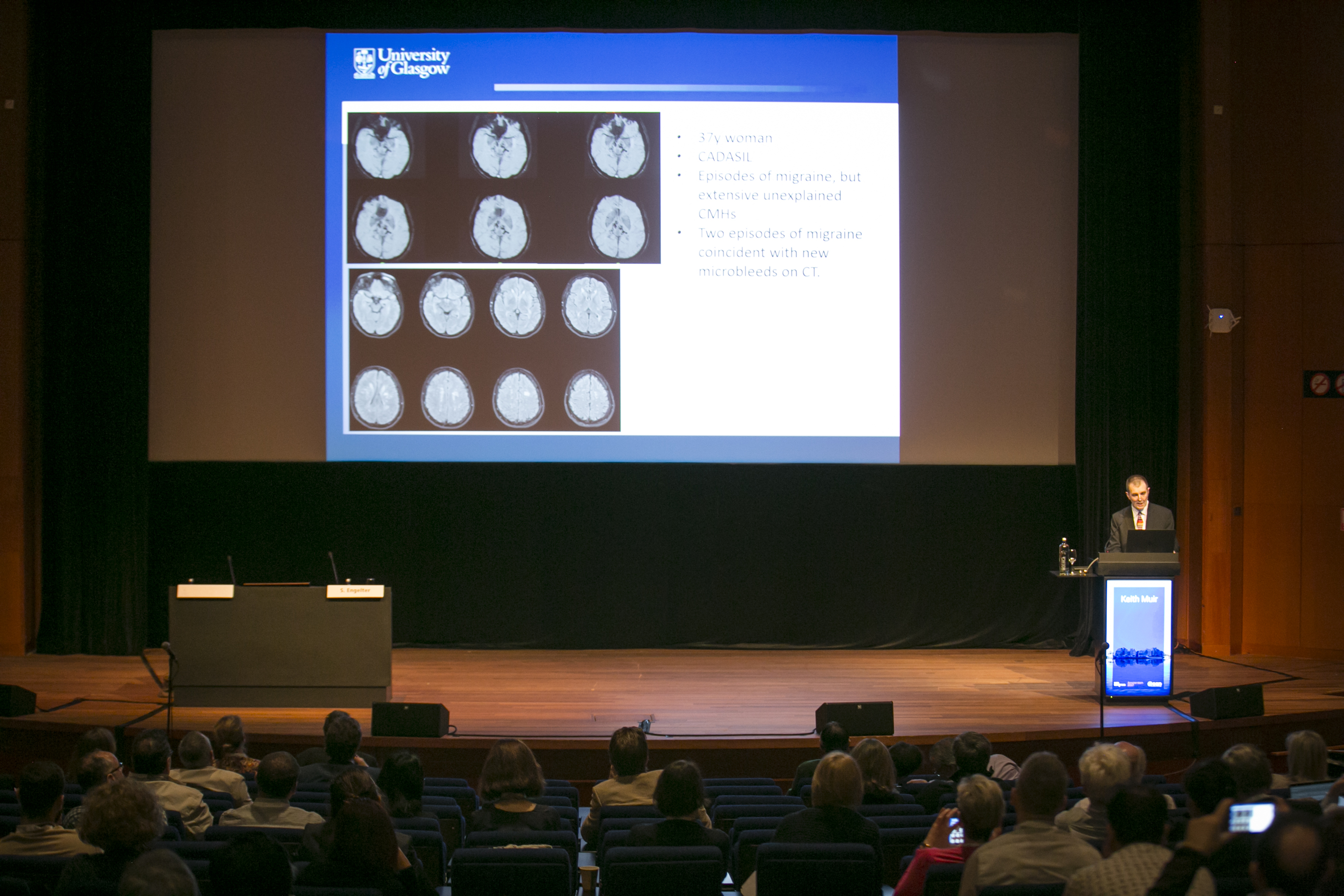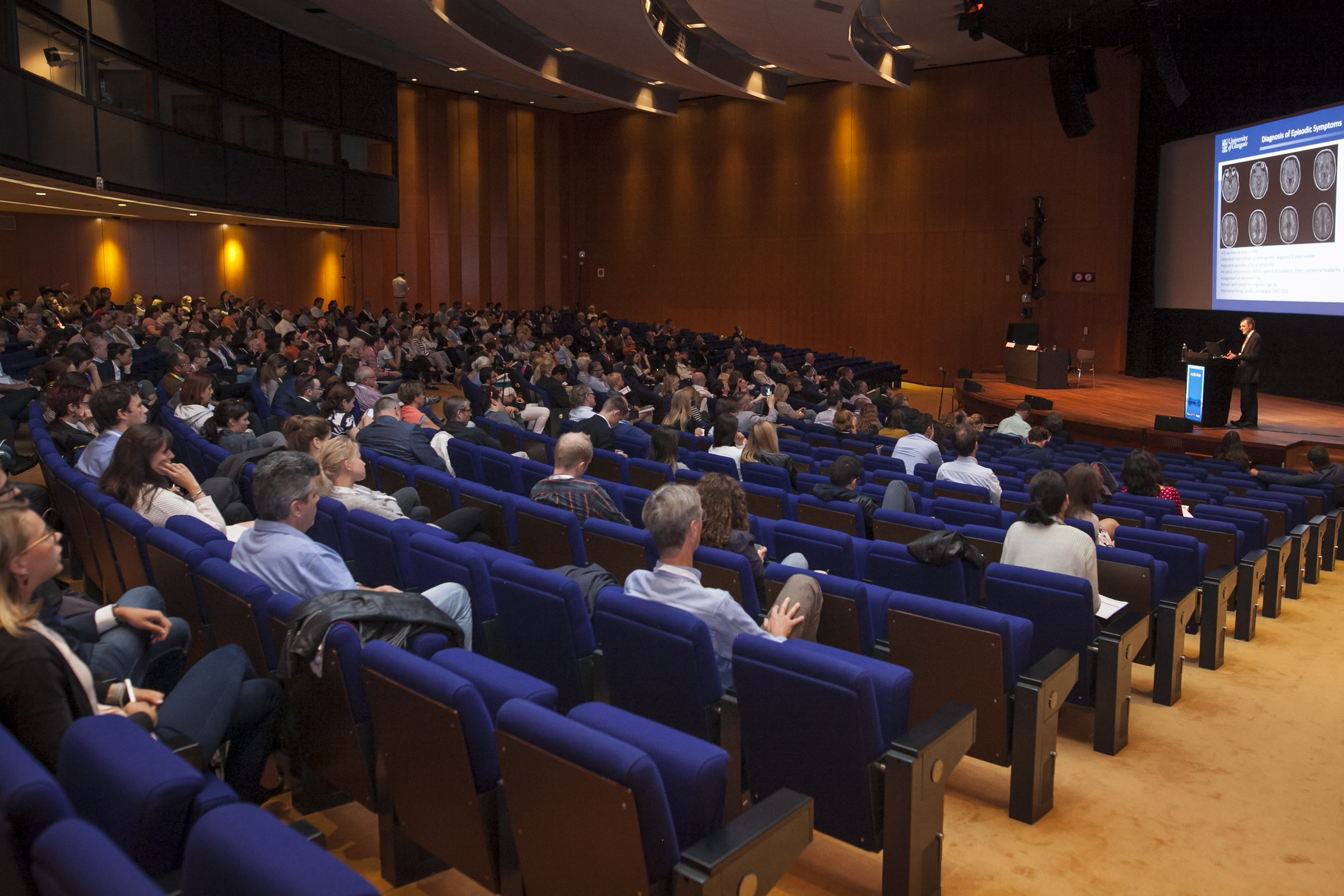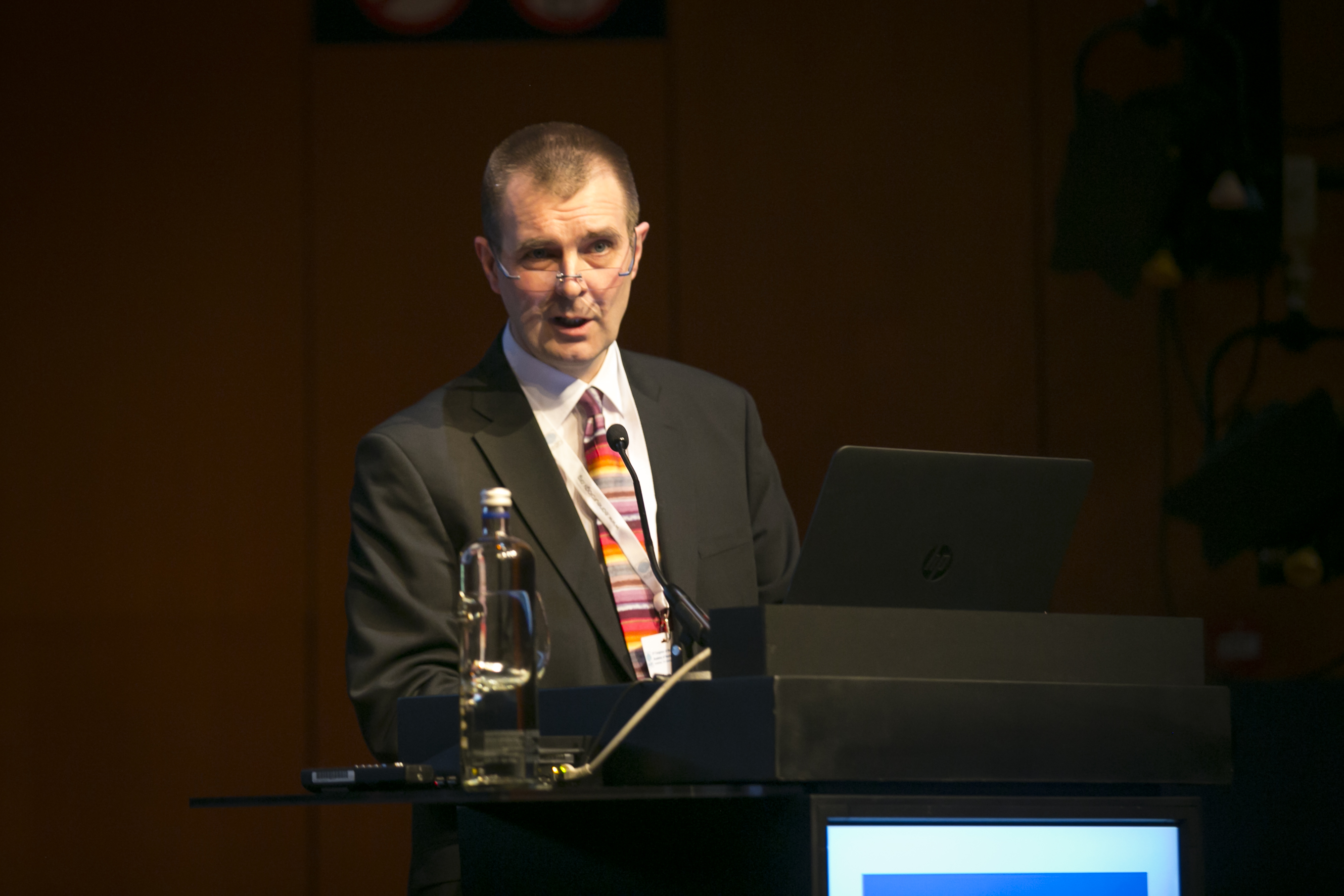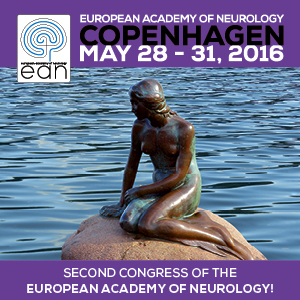ESO/EAN symposium 7: uncommon cerebrovascular diseases
Stefan Engelter, Basel, Switzerland
C.J.M. (Karin) Klijn, AMERSFOORT, The Netherlands
Reversible cerebral vasoconstriction syndrome: how to recognise it?
Anne Ducros, Montpellier, France
Cervical artery dissection: where are we now?
Stefan Engelter, Basel, Switzerland
CADASIL: how to prevent disease progression?
Keith Muir, Glasgow, United Kingdom
Causes and clinical course of cerebral venous infarction
Patricia Canhao, Lisboa, Portugal
This symposium highlighted some less frequent disorders, more common in younger people, with the speakers pointing out that many of them are still underdiagnosed. The session was smoothly chaired by Stefan Engelter (Basel, Switzerland) to a very crowded room at 8am.
Part 1: Reversible Cerebral Vasoconstriction Syndrome (RCVS): how to recognise it? (A. Ducros, Paris, France)
A rarer cause of stroke, mainly in younger patients, it may cause a variability of stroke types, namely non-aneurysmal subarachnoid hemorrhage, intracerebral hemorrhage of cerebral infarction, and is most probably underdiagnosed and poorly understood (Dr. Ducros pointed out that it is a good subject for research for young neurologists). Headache is the most proeminent symptom in most cases, but not always. This diagnosis should always be considered, as it frequently leads to specific treatments, otherwise not used. Noteworthy, imaging may be normal initially (it should be repeated 1 week later).
Part 2: cervical artery dissection (CeAD): where are we now? (S. Engelter, Basel, Switzerland)
CeAD is mostly a cause of stroke in younger patients, but SE stressed out that it should not be forgotten in older patients, as 7.4% of the CeAD patients are older than 60 years. SE ominously referred that being a physician is a risk factor for this kind of disorder, maybe because they tend to watch out for milder signs.
Maybe not foreseen, migraine without aura is more common in patients with CeAD. On the other hand, they tend to be less frequently obese or overweight.
PHACTR1 gene is involved in increased risk of CeAD, but this remains at a research level for the time being. Concerning treatment, evidence is mixed – Treat-CAD is ongoing to evaluate the role of anticoagulation and antiagreggation in CeAD.
Part 3: CADASIL: how to prevent disease progression? (K. Muir, Glasgow, UK)
There are many ways of measuring progression, as there are manifestations of this condition. KM reported that many patients do not progress that much in disability. There is great variability in progression and imaging as there is in the clinical point of view. There may be a genotype-phenotype correlation, but there is not that strong of a clinical-imaging correlation. Yet, vasoreactivity and disease burden seem to be associated.
Part 4: causes and clinical course of cerebral venous infarction (P. Canhão, Lisbon, Portugal)
This condition was thoroughly reviewed. It is an unusual cause of stroke and predominantly affects younger patients, namely women, who, on the other hand, have a better outcome. Children and elderly have worse prognosis. CT-scan remains a good tool for diagnosis and there are some small signs that should lead to the diagnosis. D-dymers are not a good screening method.
Overall, a great way of revising some less frequently seen causes of stroke, but that need specific treatment. Being more common in younger patients and frequently repetitive, they should not go misdiagnosed.
by Miguel Tábuas-Pereira















